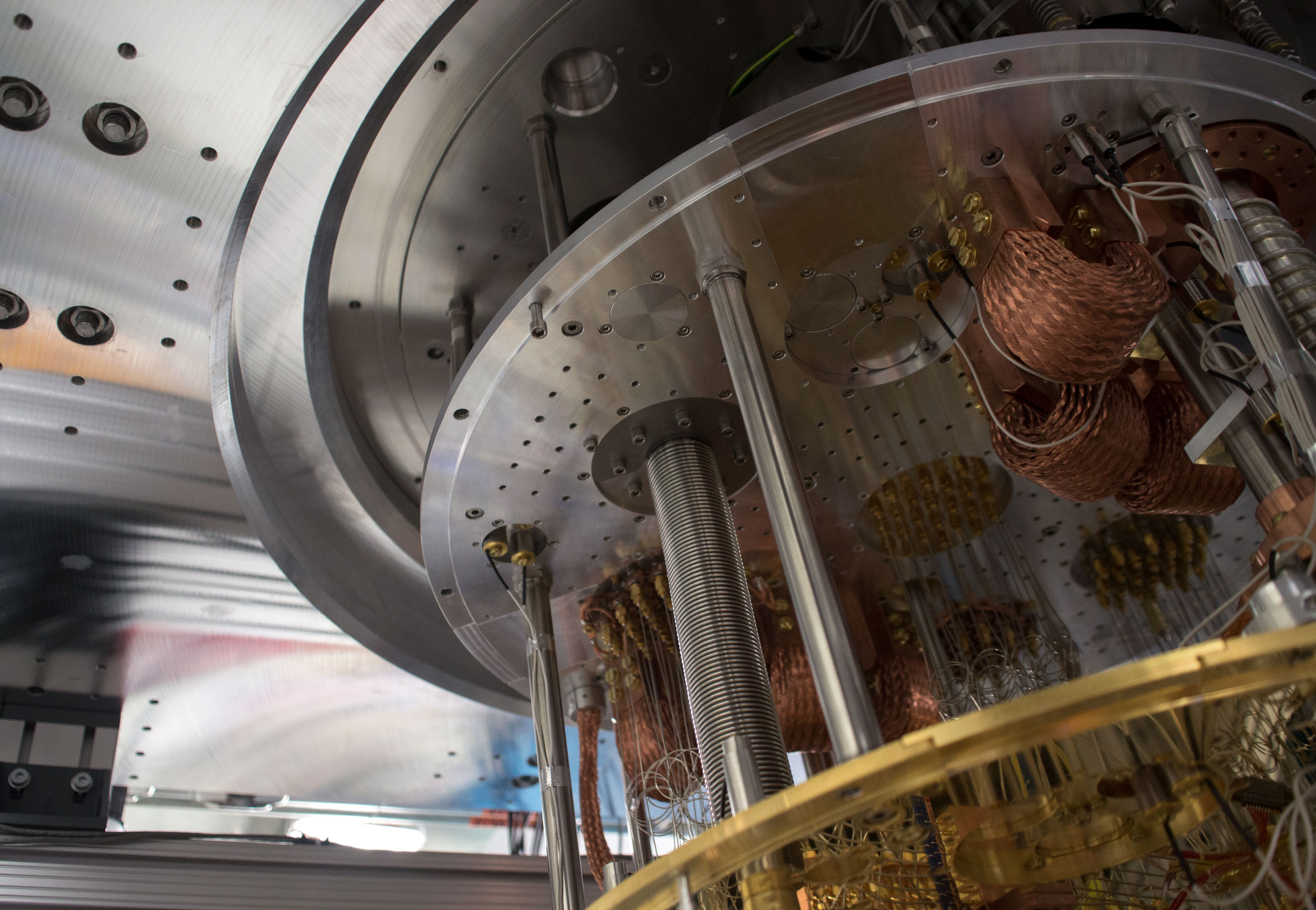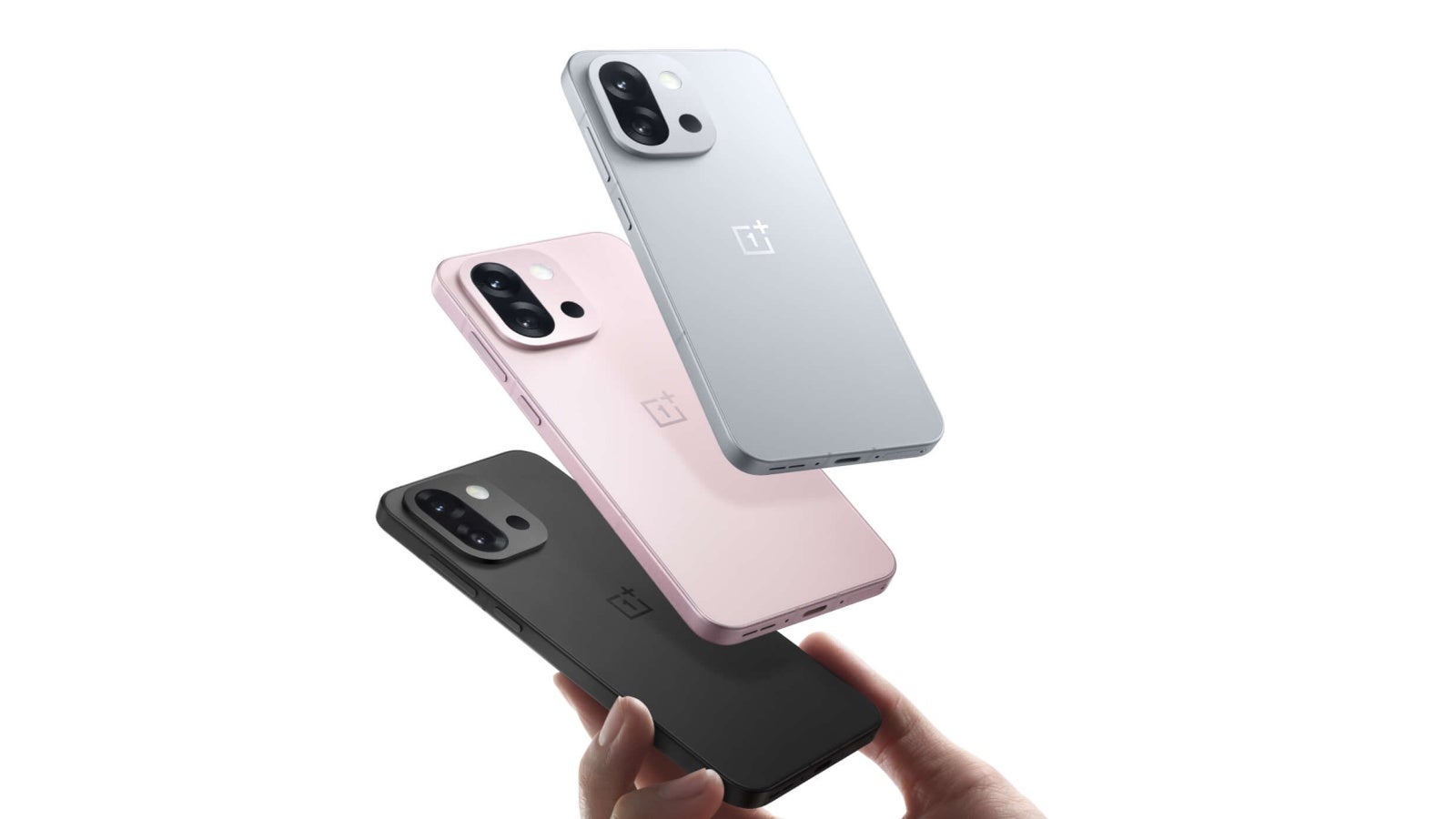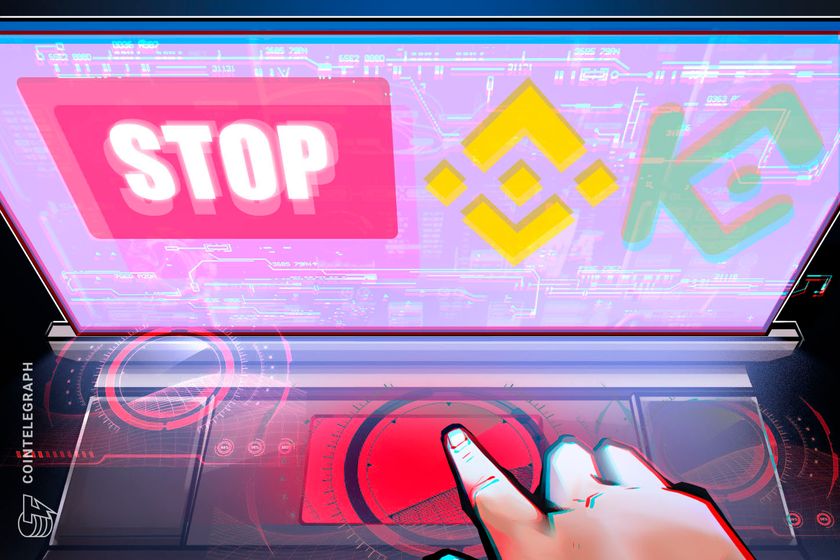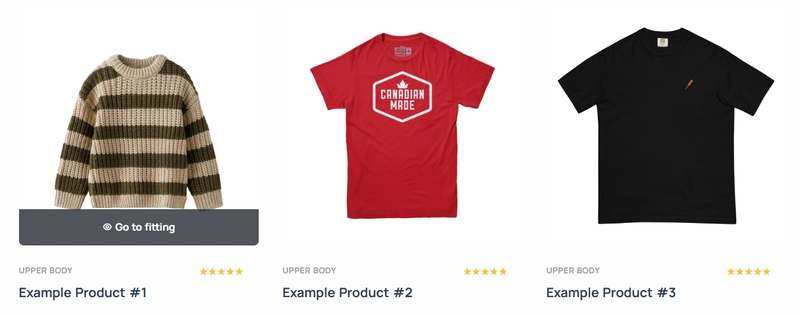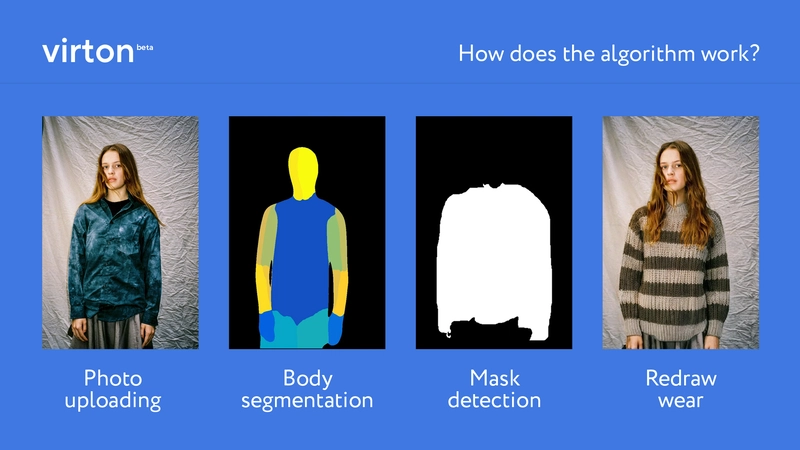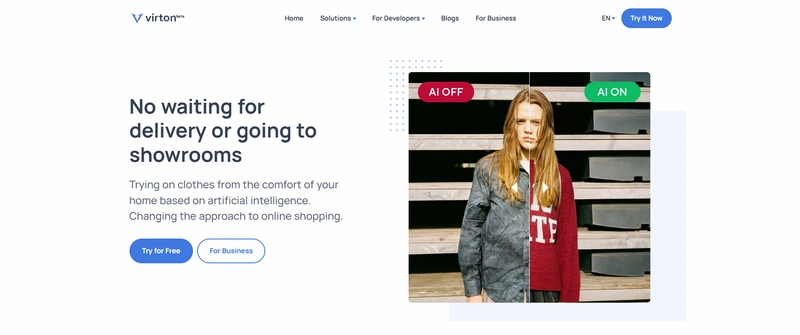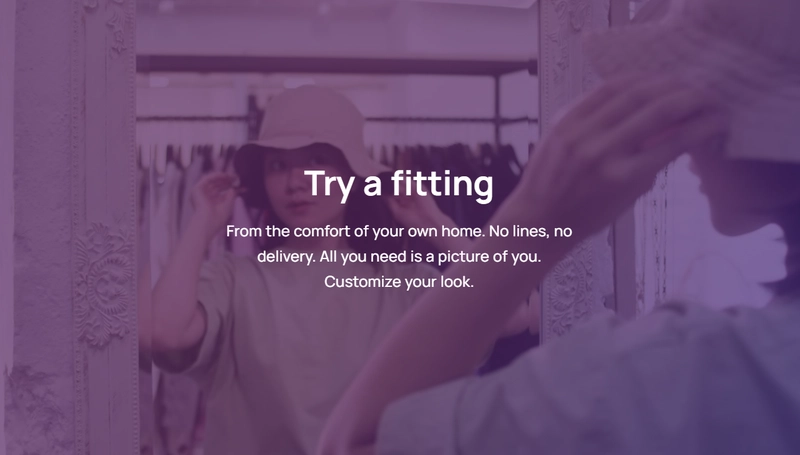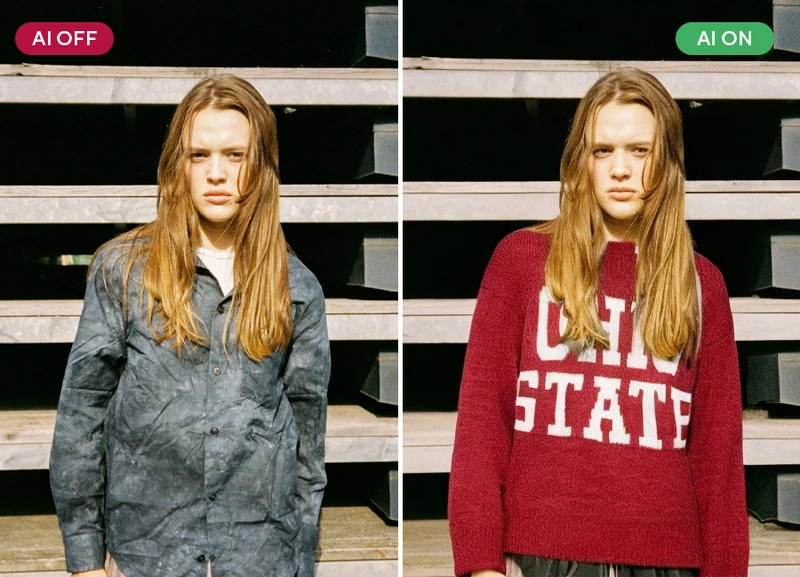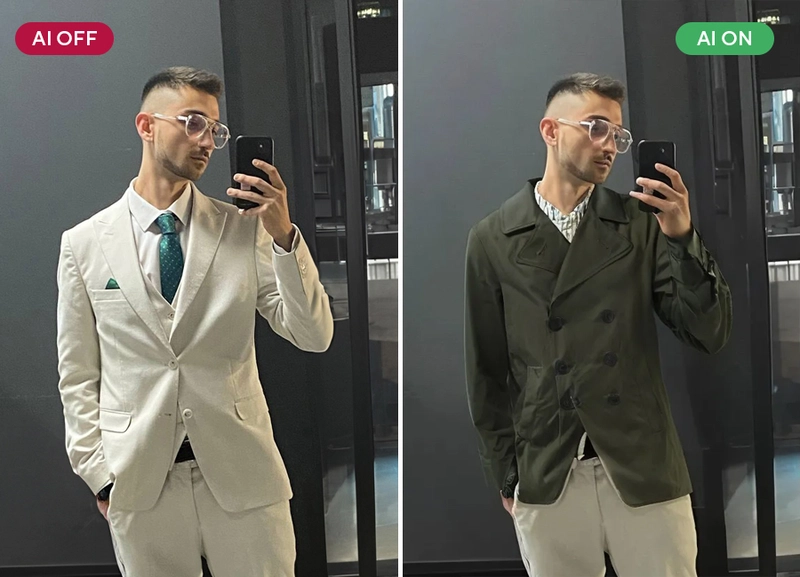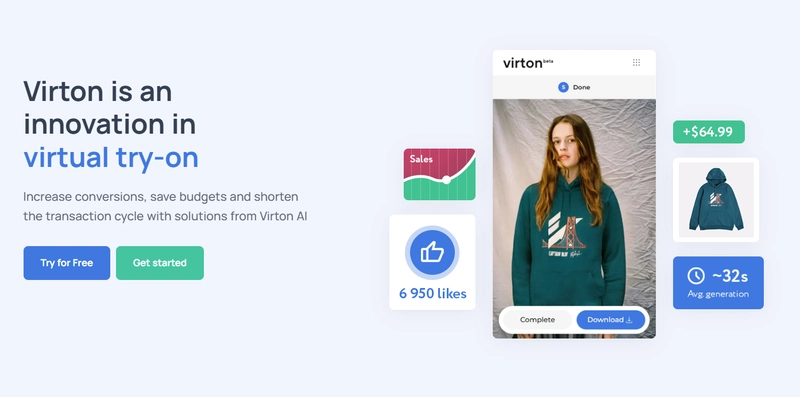Launched a public beta test of next-generation virtual fitting rooms based on artificial intelligence
A little backstory For more than half a year now, we have been developing various e-commerce solutions. We want to create a full-fledged ecosystem using modern AI technologies, and the idea of introducing fitting rooms that can be available for any online store has been plaguing us for quite some time. We did quite extensive market research in this area to understand which technologies might be suitable for us. We considered VR and 3D, augmented reality and photo processing. So why did we settle on the latter option, processing photos with AI for fitting? A simpler and more accessible option for users - just take a suitable photo once, then try on different things and select images. Compared to augmented reality - the result is more interesting and accurate. We almost immediately stopped considering VR and 3D, as this method is quite expensive to implement in online stores, and not so accurate for users, as the 3D model does not reflect how the buyer will look in clothes in reality. And so, a few months ago we started active development, and today we are launching the first public beta test. Let's talk about how we created the product and how it can be useful in the future. General concept We all remember that nowadays there is a standard in online stores - you can add items to Wish-list or to your shopping cart. But to try things on, you usually have to either go to the showroom or wait for delivery in order to at least understand whether the item fits your style. What do we want to decide? We want to make it easy to try on an item before you buy it. It's cool enough to see a real-life example of how a sweater will fit your look by uploading a photo and getting the result on the real thing. That's what we're doing with AI algorithms that accurately transfer the item to your photo. The interface should become as intuitive as simply adding an item to your cart - you select the product, attach your photo and get the result. How does it work? We won't go into the technical features of the product - we'll write a separate article for that in the future. Here we will simply describe the main features of the algorithm step by step. Let's take a look at Virton's step-by-step algorithm: The user chooses a photo of the product (or uploads his own); Uploads his own photo for fitting; Algorithm analyzes and segments the body parts in the photo; Based on the segmentation, a mask is created for further work of the generative AI; Using algorithms for working with images, the photo of the product is transferred to the mask; Further post-processing, smoothing and minimizing artifacts are performed; The user then receives the final result of the algorithm and can download it to his/her device / share it with friends, etc. How can Virton be used? At the moment, our product is at the stage of open testing. We are launching pilot projects with online stores and further training the algorithms to achieve the most accurate results. We plan for our product to accomplish the following tasks: Increase the performance of online stores by providing users with a completely new AI algorithm-based online fitting functionality. No waiting for delivery and no showroom visits - everything is done one photo at a time. Reduced costs for photo studios and models to create product cards, whether for their own store or for posting on marketplaces. Improved user experience, combined with other AI tools in online shopping, creating a next-generation ecosystem (smart product feeds, image matching assistance, and more). We hope that we will be able to achieve this through our experience with AI, as well as pilot projects with which we will jointly try to improve the quality of the algorithm. Virton Roadmap As of today, we have a clear roadmap for product development for the coming year. We are confident that we can make fitting rooms an even better and more useful product that can be integrated into any store. What we plan to do: Improve mask generation algorithm and accuracy of clothing transfer to the photo; Add support for other projections in the algorithm, not just frontal view; Run several pilot projects on large online stores; Optimize generation speed to 10-20 seconds, increase the number of servers for generation; Provide widgets for easy integration into any online store; Launch Virton client application with catalogs of pilot stores; Add search and image generation based on user preference, photo and online store catalog. The plans are really big and ambitious, but we have come a long way in building the ecosystem and are confident that everything we do is doable, it's just a matter of time. Where can I try the product? At the moment - Virton is in open beta testing. You can try it absolutely free on our website: https://virton.tech/ We have also attached a few variants of the fitting done on the current version of
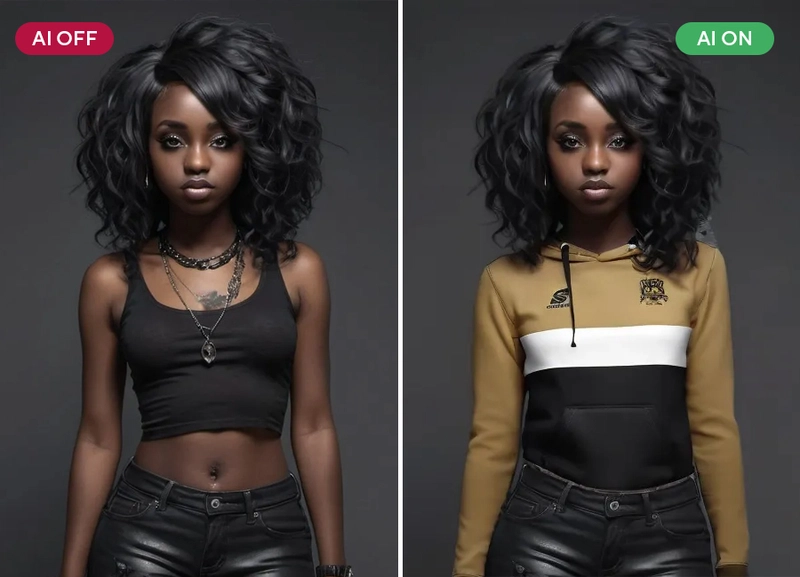
A little backstory
For more than half a year now, we have been developing various e-commerce solutions. We want to create a full-fledged ecosystem using modern AI technologies, and the idea of introducing fitting rooms that can be available for any online store has been plaguing us for quite some time.
We did quite extensive market research in this area to understand which technologies might be suitable for us. We considered VR and 3D, augmented reality and photo processing.
So why did we settle on the latter option, processing photos with AI for fitting?
- A simpler and more accessible option for users - just take a suitable photo once, then try on different things and select images.
- Compared to augmented reality - the result is more interesting and accurate.
- We almost immediately stopped considering VR and 3D, as this method is quite expensive to implement in online stores, and not so accurate for users, as the 3D model does not reflect how the buyer will look in clothes in reality.
And so, a few months ago we started active development, and today we are launching the first public beta test. Let's talk about how we created the product and how it can be useful in the future.
General concept
We all remember that nowadays there is a standard in online stores - you can add items to Wish-list or to your shopping cart. But to try things on, you usually have to either go to the showroom or wait for delivery in order to at least understand whether the item fits your style.
What do we want to decide?
We want to make it easy to try on an item before you buy it. It's cool enough to see a real-life example of how a sweater will fit your look by uploading a photo and getting the result on the real thing. That's what we're doing with AI algorithms that accurately transfer the item to your photo.
The interface should become as intuitive as simply adding an item to your cart - you select the product, attach your photo and get the result.
How does it work?
We won't go into the technical features of the product - we'll write a separate article for that in the future. Here we will simply describe the main features of the algorithm step by step.
Let's take a look at Virton's step-by-step algorithm:
- The user chooses a photo of the product (or uploads his own);
- Uploads his own photo for fitting;
- Algorithm analyzes and segments the body parts in the photo;
- Based on the segmentation, a mask is created for further work of the generative AI;
- Using algorithms for working with images, the photo of the product is transferred to the mask;
- Further post-processing, smoothing and minimizing artifacts are performed;
The user then receives the final result of the algorithm and can download it to his/her device / share it with friends, etc.
How can Virton be used?
At the moment, our product is at the stage of open testing. We are launching pilot projects with online stores and further training the algorithms to achieve the most accurate results.
We plan for our product to accomplish the following tasks:
- Increase the performance of online stores by providing users with a completely new AI algorithm-based online fitting functionality. No waiting for delivery and no showroom visits - everything is done one photo at a time.
- Reduced costs for photo studios and models to create product cards, whether for their own store or for posting on marketplaces.
- Improved user experience, combined with other AI tools in online shopping, creating a next-generation ecosystem (smart product feeds, image matching assistance, and more).
We hope that we will be able to achieve this through our experience with AI, as well as pilot projects with which we will jointly try to improve the quality of the algorithm.
Virton Roadmap
As of today, we have a clear roadmap for product development for the coming year. We are confident that we can make fitting rooms an even better and more useful product that can be integrated into any store.
What we plan to do:
- Improve mask generation algorithm and accuracy of clothing transfer to the photo;
- Add support for other projections in the algorithm, not just frontal view;
- Run several pilot projects on large online stores;
- Optimize generation speed to 10-20 seconds, increase the number of servers for generation;
- Provide widgets for easy integration into any online store;
- Launch Virton client application with catalogs of pilot stores;
- Add search and image generation based on user preference, photo and online store catalog.
The plans are really big and ambitious, but we have come a long way in building the ecosystem and are confident that everything we do is doable, it's just a matter of time.
Where can I try the product?
At the moment - Virton is in open beta testing. You can try it absolutely free on our website:
https://virton.tech/
We have also attached a few variants of the fitting done on the current version of the algorithm:
At the time of beta testing, we are also happy to invite online store owners to run pilot projects and integrate Virton fitting room on your website.
Read more about Virton for online stores:
https://virton.tech/ru/ecommerce/










































































































































































![[The AI Show Episode 143]: ChatGPT Revenue Surge, New AGI Timelines, Amazon’s AI Agent, Claude for Education, Model Context Protocol & LLMs Pass the Turing Test](https://www.marketingaiinstitute.com/hubfs/ep%20143%20cover.png)















































































































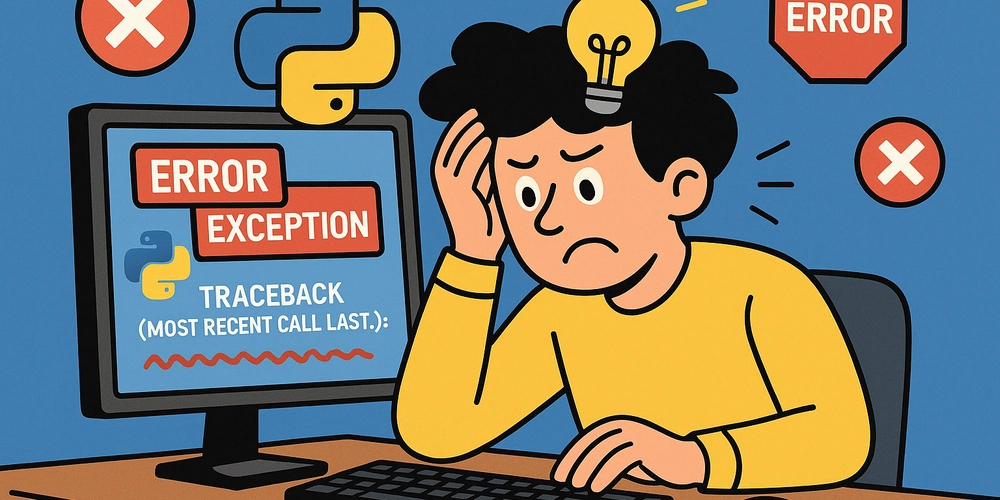





























































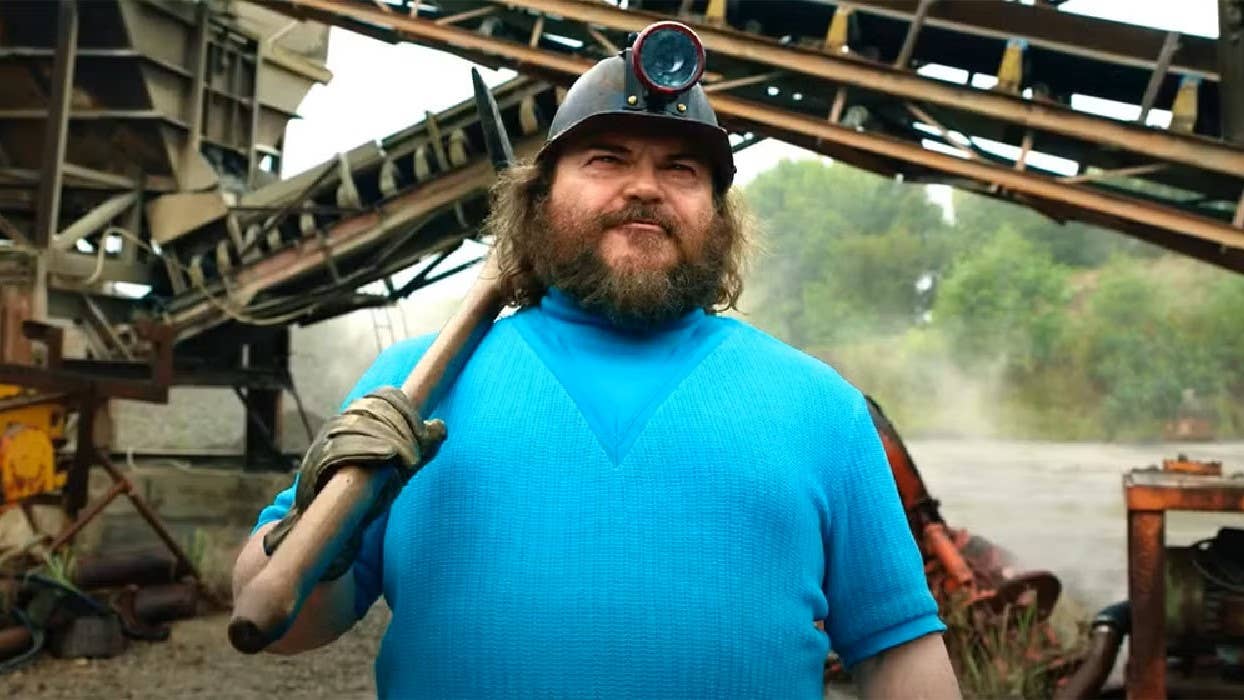



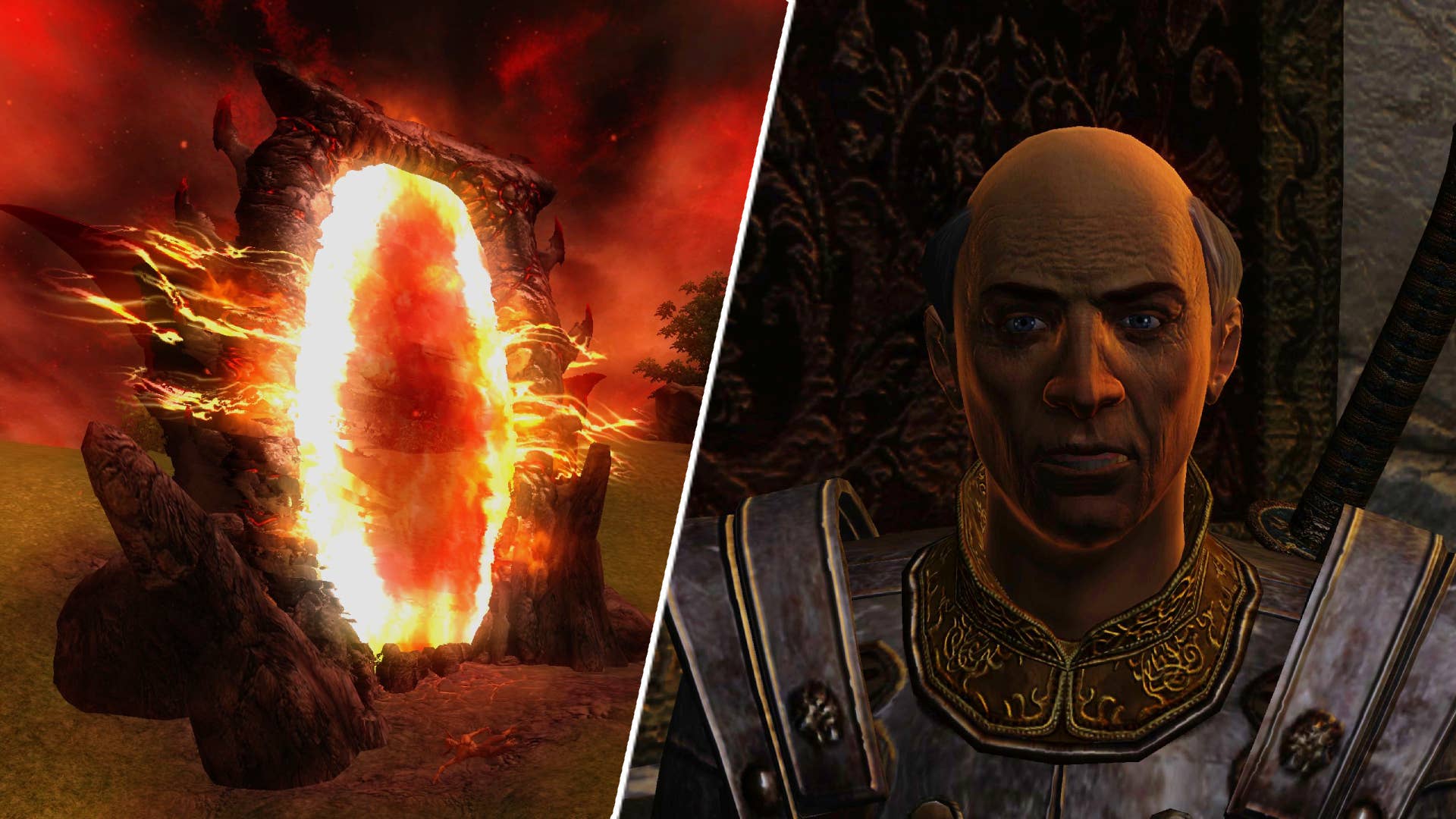









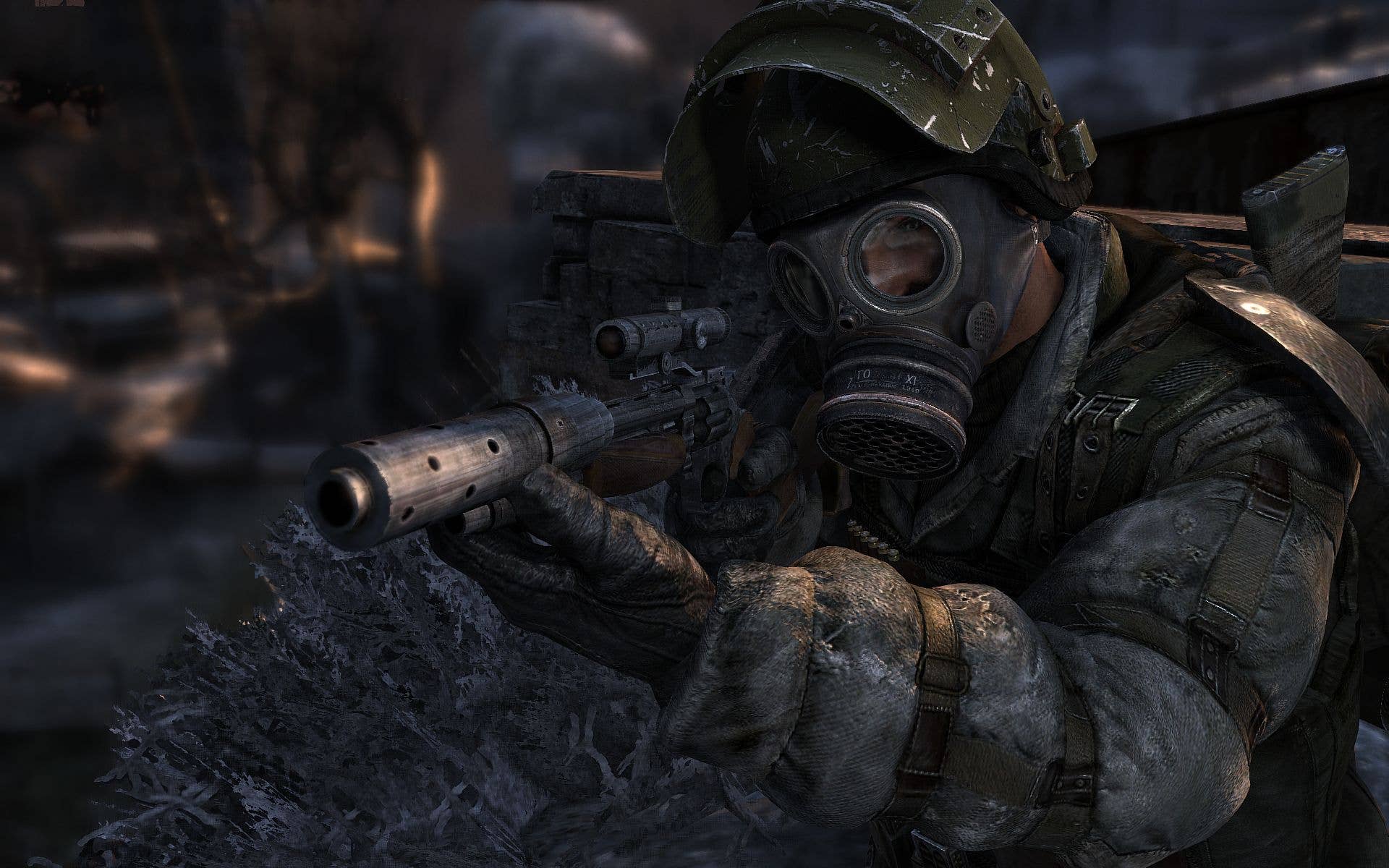
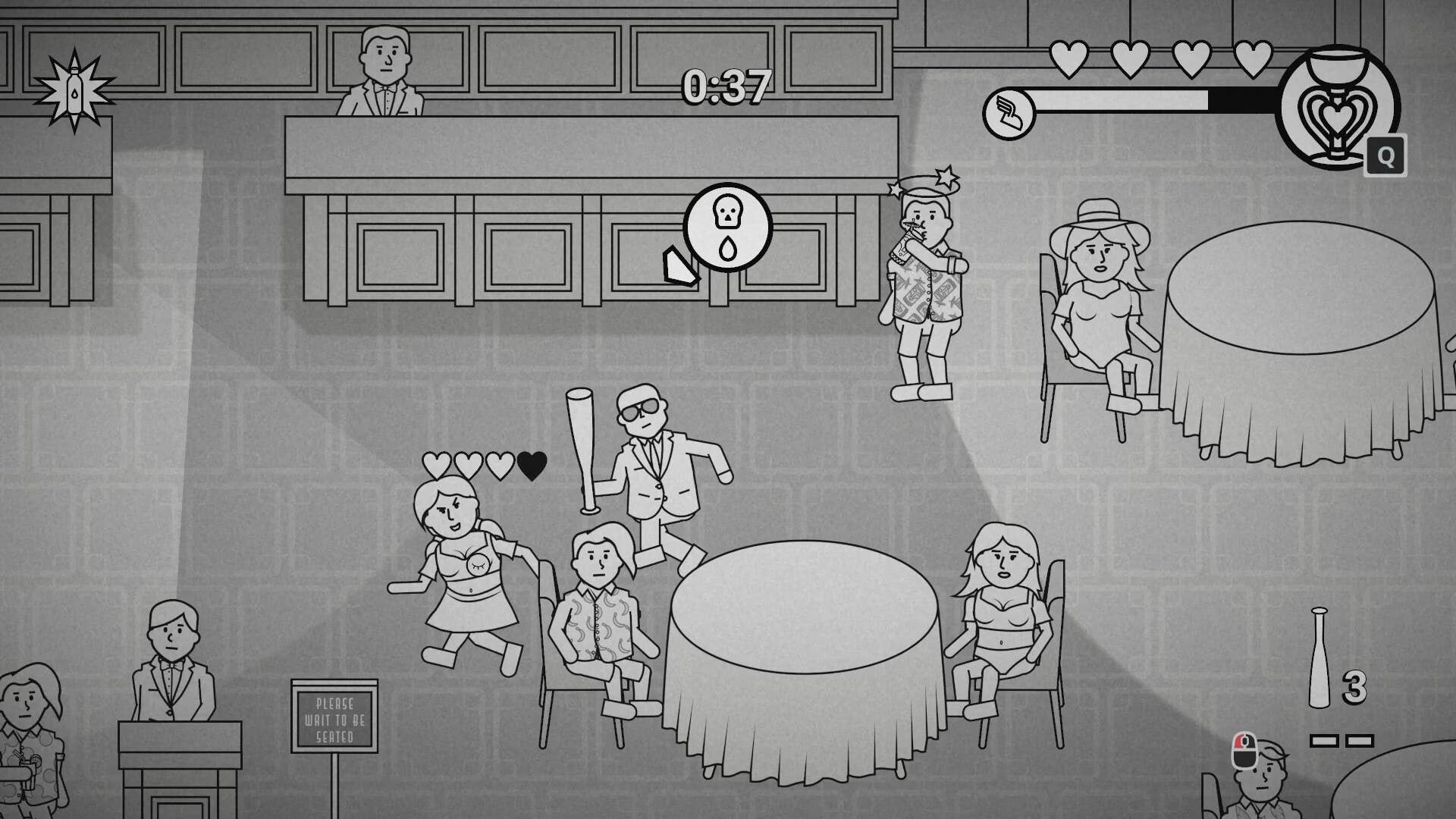








































.png?#)






















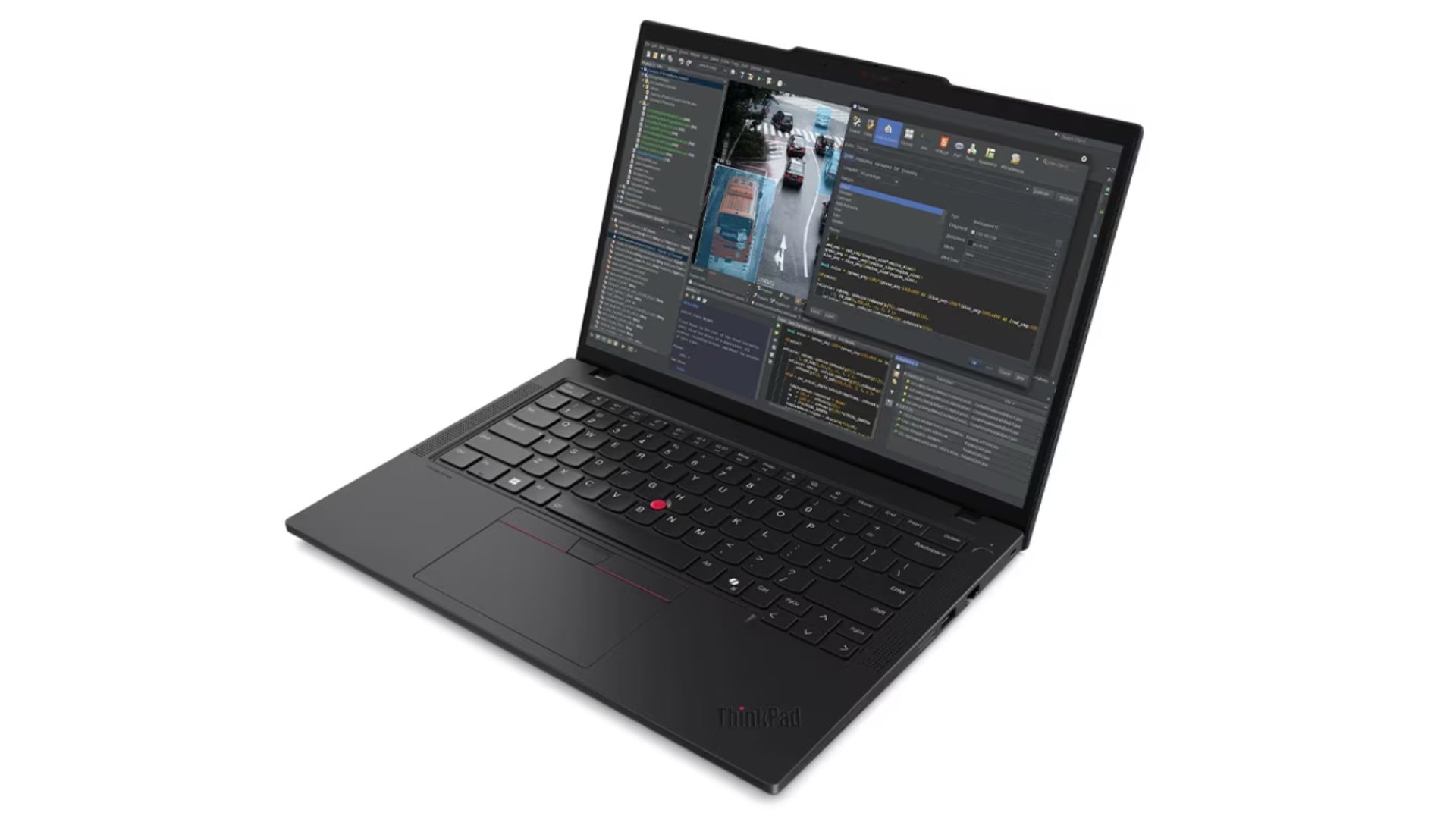
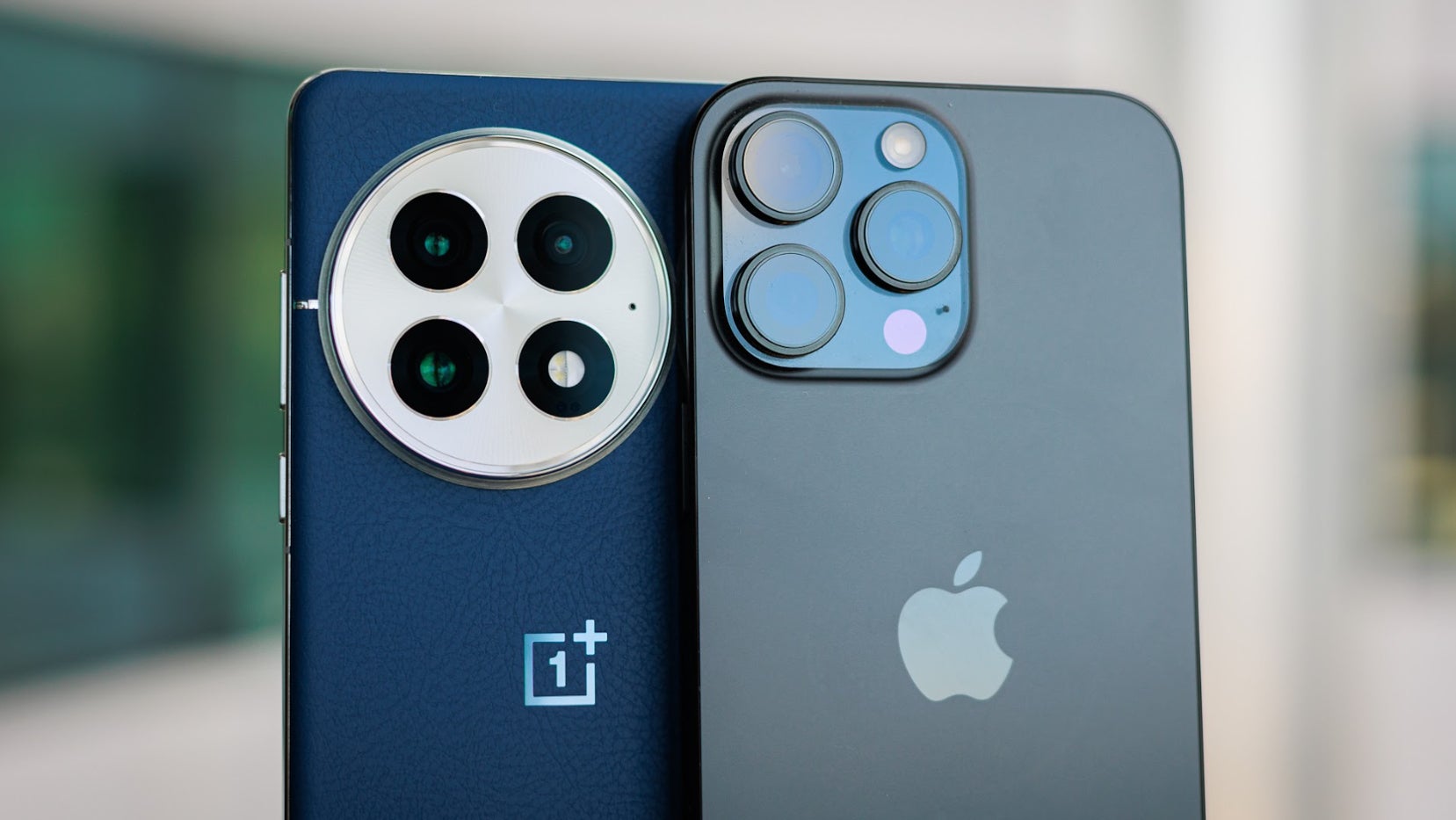















.webp?#)




















































































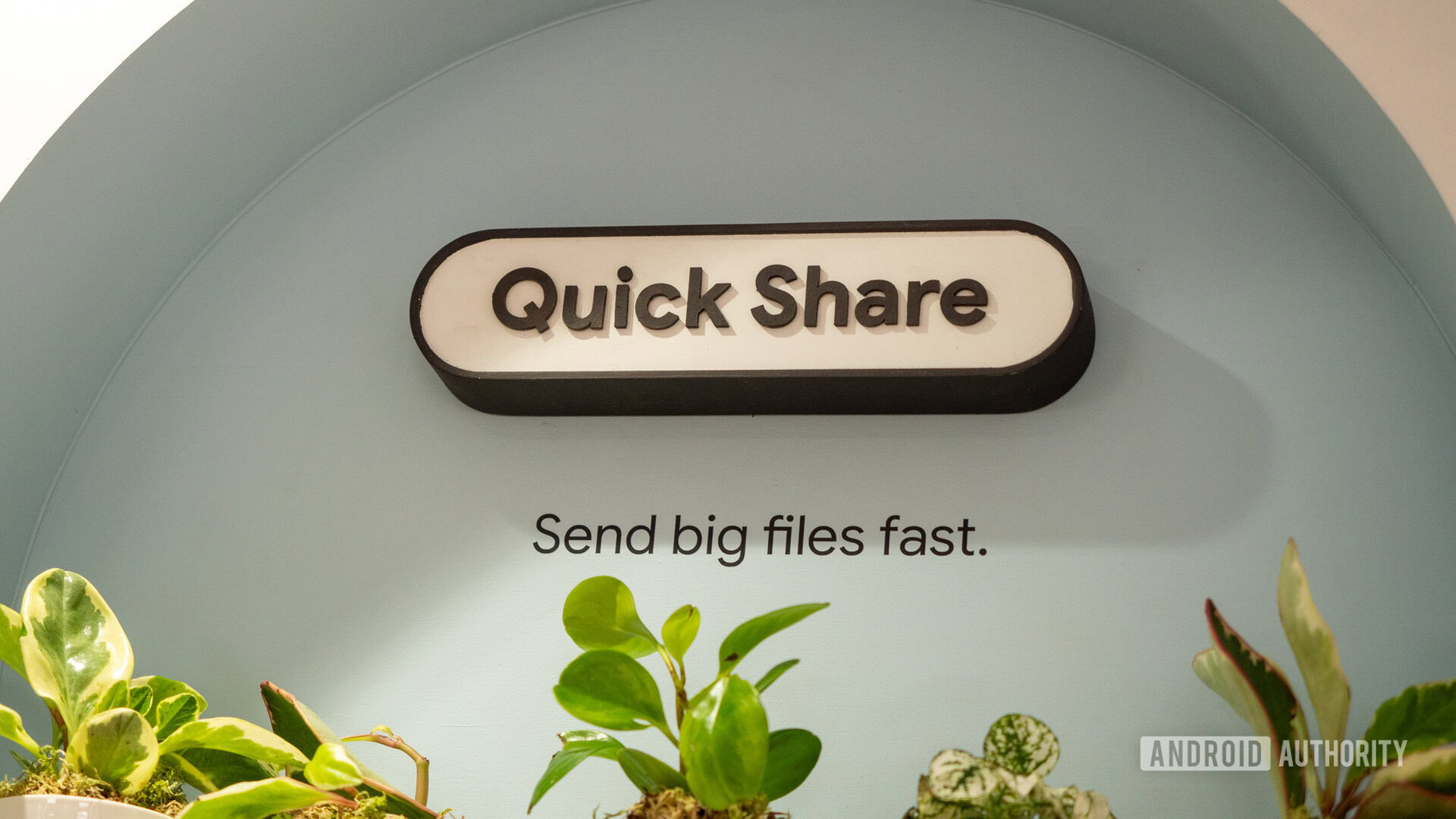





![[Fixed] Gemini app is failing to generate Audio Overviews](https://i0.wp.com/9to5google.com/wp-content/uploads/sites/4/2025/03/Gemini-Audio-Overview-cover.jpg?resize=1200%2C628&quality=82&strip=all&ssl=1)

![What’s new in Android’s April 2025 Google System Updates [U: 4/14]](https://i0.wp.com/9to5google.com/wp-content/uploads/sites/4/2025/01/google-play-services-3.jpg?resize=1200%2C628&quality=82&strip=all&ssl=1)














![Apple Seeds tvOS 18.5 Beta 2 to Developers [Download]](https://www.iclarified.com/images/news/97011/97011/97011-640.jpg)
![Apple Releases macOS Sequoia 15.5 Beta 2 to Developers [Download]](https://www.iclarified.com/images/news/97014/97014/97014-640.jpg)















